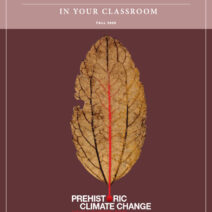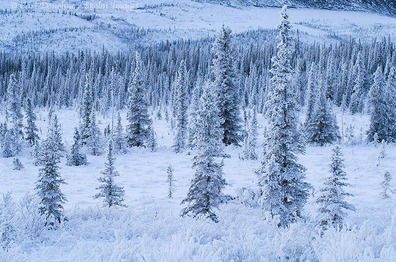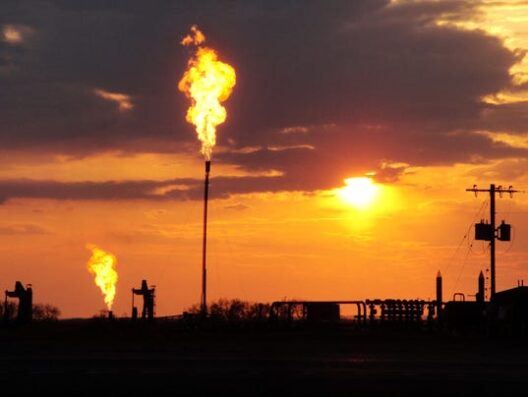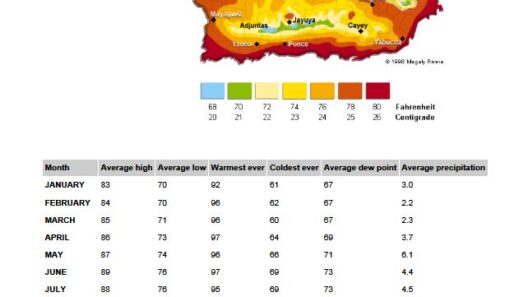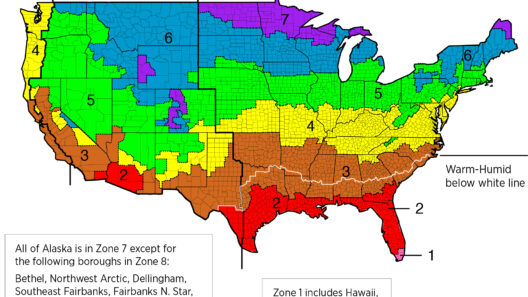The taiga, also known as boreal forest, is a biome characterized by its expansive coniferous forests that stretch across vast regions of the Northern Hemisphere. Covering significant swathes of Canada, Alaska, Siberia, and Scandinavia, this ecological zone presents a fascinating tapestry of climatic conditions, plant adaptations, and wildlife that have co-evolved in response to the rigors of the environment.
One notable aspect of the taiga’s climate is its severe cold. The region typically experiences long, harsh winters that can last up to six months, with temperatures plummeting to as low as -40 degrees Fahrenheit (-40 degrees Celsius). These frigid conditions are primarily due to the taiga’s high latitude and its position within the global climate system, where the polar continental air masses dominate during the winter months.
The summer months are notably brief but can be surprisingly warm. Temperatures can rise to 70 degrees Fahrenheit (21 degrees Celsius) or even higher, particularly in the southern reaches of the taiga. This ostensibly paradoxical phenomenon occurs because, during the short summer, the sun can shine for up to 18 hours a day, allowing for a rapid thawing of the soil and a fecund explosion of biological activity. During this period, flowers bloom, plants photosynthesize vigorously, and wildlife becomes extraordinarily active as they prepare for the impending winter.
Precipitation in the taiga is relatively modest compared to more temperate forests. Annual rainfall typically amounts to about 15 to 30 inches (38 to 76 cm), which is insufficient to support dense deciduous forests. Instead, much of the precipitation falls as snow during the winter months. This unique moisture availability allows for the formation of a thick blanket of snow, which insulates the soil beneath and protects the delicate root systems of the coniferous trees from the brutal frost.
The coniferous trees that dominate the taiga, such as spruce, fir, and pine, exhibit remarkable adaptations to withstand the harsh climate. Their needle-like leaves are coated with a waxy substance that reduces water loss, while their conical shape prevents the accumulation of heavy snow that could potentially break branches. These trees also have a notable resilience; they can photosynthesize even in subzero temperatures, thereby optimizing their growth during the limited summer season.
The taiga’s flora is not only resilient but also remarkably rich in biodiversity. This phenomenon is somewhat surprising given the seemingly inhospitable conditions. The fauna that thrive in these cold, frozen forests include large mammals such as moose, bears, and wolves, alongside smaller species like lynxes and hares. Many of these animals have also developed specific adaptations to survive the winter months. For instance, moose have the capacity to dive under ice to access aquatic vegetation, a resource that is crucial when terrestrial forage becomes scant.
The interplay between the biotic and abiotic components of the taiga ecosystem is a testament to the complexity of nature. The seasonal shifts not only impact flora and fauna but also play a crucial role in nutrient cycling. In late spring, as the snow melts, nutrients are released into the soil, promoting a vigorous growth phase that supports the entire food web. Moreover, the decomposing organic matter contributes to the soil’s fertility, allowing for the sustenance of this unique ecological realm.
However, the taiga is more than just a frozen expanse filled with trees and wildlife; it is a critical component of Earth’s climate system. As one of the largest carbon sinks on the planet, the taiga plays a significant role in capturing and storing atmospheric carbon dioxide. When trees die or are disturbed, their stored carbon can be released back into the atmosphere, contributing to climate change. The shifting climate patterns observed globally are beginning to take their toll on the taiga, leading to increased occurrences of wildfires, insect infestations, and permafrost thawing.
The effects of climate change in the taiga are profound and multifaceted. Rising temperatures can precipitate shifts in species distributions as certain flora and fauna struggle to cope with the changing environment. Moreover, thawing permafrost can release methane, a potent greenhouse gas, exacerbating global warming. The intricate balance of life that has evolved over millennia in these forests is beginning to fray, threatening both local ecosystems and global climate stability.
The taiga’s climate has long fascinated scientists and nature enthusiasts alike. The fierce seasons and the resilience of life within this biome serve as a potent reminder of nature’s complexity and fragility. As awareness of climate change grows, so does the imperative to understand and protect these frozen forests. They are not merely a backdrop but a sentient community that interacts with the Earth’s systems in dynamic ways.
In conclusion, the taiga presents a striking example of resilience in the face of extreme conditions. Its frozen landscapes tell a story of adaptation and survival, a narrative woven through the fabric of its ecological system. However, the impacts of climate change pose a serious threat to this delicate balance. The taiga’s fate can no longer be separated from the broader narrative of our planet’s climate, calling for urgent action and thoughtful stewardship to preserve these exceptional ecosystems for future generations.

